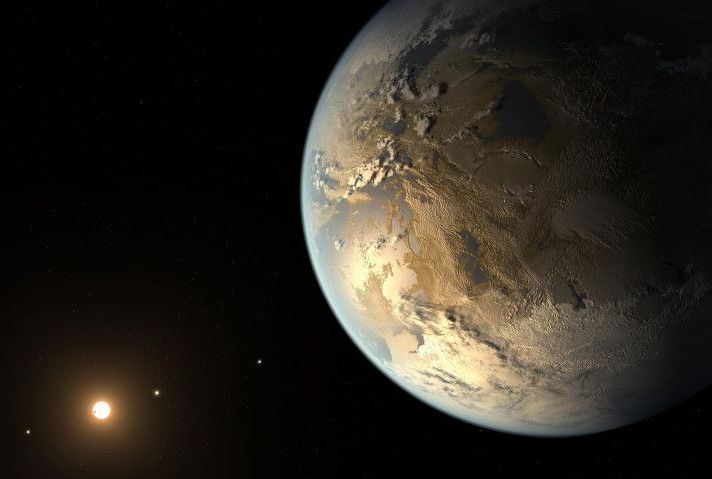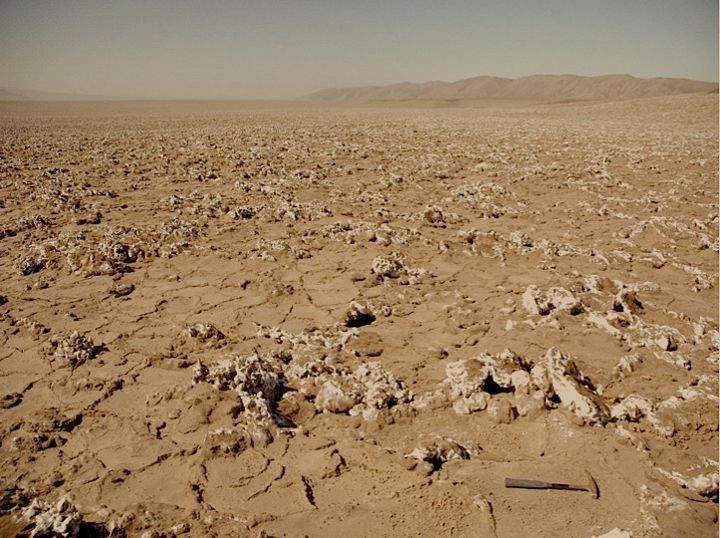What is time? What is humankind’s role in the universe? What is the meaning of life? For much of human history, these questions have been the province of religion and philosophy. What answers can science provide?
In this talk, Sean Carroll will share what physicists know, and don’t yet know, about the nature of time. He’ll argue that while the universe might not have purpose, we can create meaning and purpose through how we approach reality, and how we live our lives.
Sean Carroll is a Research Professor of theoretical physics at the California Institute of Technology, and an External Professor at the Santa Fe Institute. His research has focused on fundamental physics and cosmology, especially issues of dark matter, dark energy, spacetime symmetries, and the origin of the universe.
Recently, Carroll has worked on the foundations of quantum mechanics, the emergence of spacetime, and the evolution of entropy and complexity. Carroll is the author of Something Deeply Hidden, The Big Picture, The Particle at the End of the Universe amongst other books and hosts the Mindscape podcast.
“The Passage of Time and the Meaning of Life” was given on May 4, 02021 as part of Long Now’s Seminar series. The series was started in 02003 to build a compelling body of ideas about long-term thinking from some of the world’s leading thinkers. The Seminars take place in San Francisco and are curated and hosted by Stewart Brand. To follow the talks, you can:
Explore the full series: http://longnow.org/seminars.



